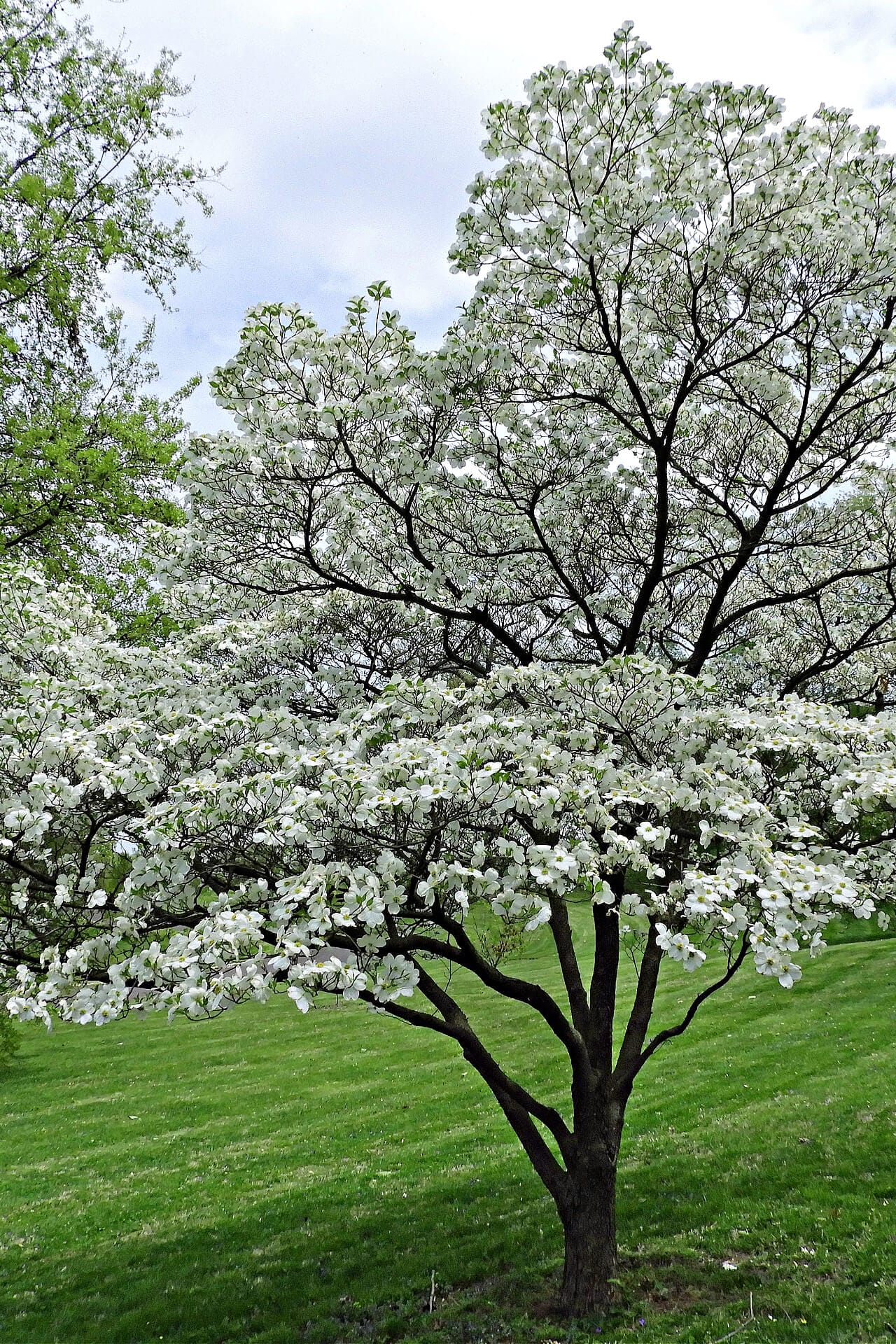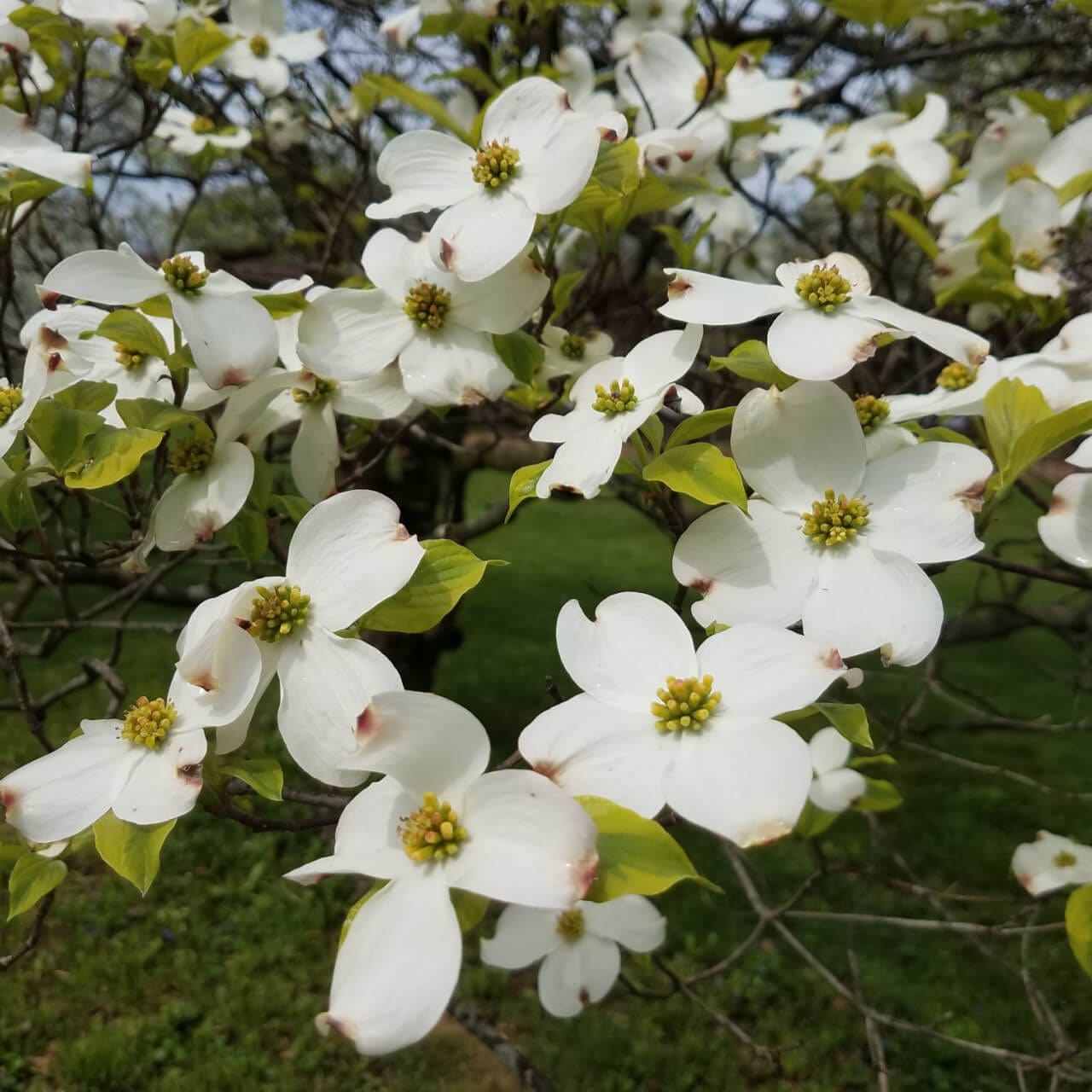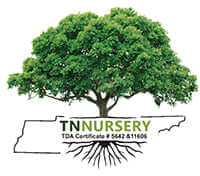White Princess Dogwood Tree
Couldn't load pickup availability
We do not ship this plant to the following states:
FL.Ships 10-12 Days
Over 25 Feet
Full Sun
5-9
Flowering
Bare-root
FL.
Cornus florida 'White Princess' - White Princess Dogwood Tree
If you're looking for a beautiful tree to add to your garden, the White Princess Dogwood Tree is an excellent choice. This tree will surely be a standout feature in any landscape with its stunning white blooms and attractive shape. This article explores the tree and its unique characteristics.
White Princess Dogwood Tree's Appearance
The medium-sized tree typically grows 20-30 feet tall and has a spread of 15-25 feet. Its attractive shape is characterized by a rounded crown and multiple branches that spread outward from the trunk. In Spring 2024, the tree produces large, showy white flowers about 3-4 inches in diameter. Small red berries follow these blooms in summer, and they are a favorite food source for birds.
The Dogwood Tree's Requirements
The tree prefers well-drained, moist soil that is slightly acidic. It also prefers partial shade to total sun exposure, making it an ideal choice for planting in areas that receive dappled sunlight throughout the day. This tree is also relatively cold-hardy and can survive in U.S.D.A. hardiness zones 5-8.
Tree Maintenance and Care
Like most trees, the tree requires maintenance and care to keep it healthy and to look its best. Regular watering and fertilization promote growth and keep the tree lush and vibrant. Additionally, pruning is essential to maintain its shape and encourage healthy growth.
Benefits
The Dogwood Tree is a stunning addition to any garden or landscape
With its attractive shape, showy white blooms, and hardy nature, this tree is an excellent choice for novice and experienced gardeners. Just be sure to provide it with proper care and maintenance, and you'll be rewarded with a beautiful, healthy tree for years.
The tree is a favorite among gardening and landscaping experts. And it's easy to see why, with their large fragrant blossoms enhancing the beauty of a yard. They begin to bloom in mid to late April and into May.
They make lovely ornamental plants and create a beautiful oasis for landscaping projects. Although the tree does well in full sunlight, it thrives in areas with partial shade! They have a slow growth rate and reach a height of twenty feet within twenty-five years.
This Tree adapts well to any soil but does best in somewhat acidic soil. Adding various organic matter to it will do the trick. Keeping them well watered is essential, but do not saturate the soil. Highly sought after in the landscaping community, these trees produce beautiful red, pink, and white blossoms among their twisting branches.
They're usually sent to the consumer fully rooted inside a flower pot, enabling it to arrive in tip-top shape. When you prune this beautiful tree, you'll keep it coming back yearly.
This tree can grow up to five feet tall; it has been known to grow to thirty feet tall
While it does produce fruit, most people don't like to eat it, unlike birds, who prefer the taste of the berries. This tree favors having partial sun and moist ground with acidic soil for growing conditions. It's best to plant them in spring or fall when the weather is more favorable.
These trees are great for attracting specific types of birds for those who enjoy watching them feed. They're not a fragrant type of tree, but they produce the most beautiful colors during the fall when the leaves change color and produce berries or in the spring when their blossoms bloom.
The tree is native to North America. It's known for gracing landscapes with sculptural branches and creamy white. This tree is an ornamental tree famous for its numerous white flowers that bloom in the spring and leaves that turn purplish red in the fall.
This tree will be nearly 25 feet tall and grow 13-24 inches annually
It prefers full sun or partial shade and moist climates. It's ideal for bird-friendly gardens and works well alone or in a grouping. Popular locations for planting this beautiful tree are near the patio or alongside a woodland planting that receives a lot of sun. The blooms are small yellow flowers surrounded by leaf bracts.
Each branch produces hundreds of unique blossoms. The snowy white bracts are the most common, but the bloom can occasionally become a variety of colors, including pink or red. During the fall season, the green foliage turns red and looks exquisite. By this time, the small delicate flowers develop into scarlet berries that attract songbirds. During winter, the tree reveals textured bark and branch structure.
The tree has horizontal growth on the lower half, while the top has upright branching
The White Princess Dogwood Tree has upper and lower halves combined to create a flowing shape that is great to look at during the long winter months. The tree is ideal for landscapes, homes, businesses, and natural habitats. It adds color and grace to various landscape designs and looks great standing alone. This tree is an excellent option for planting outside of windows to create beautiful scenery that can be seen from indoors.
Hardy Planting Zone - U.S.D.A. zones 5 through 9
Bloom Season - April, May
Bloom Color - White
Height at Maturity - 15 to 30 feet
Soil Type Preferred - Well-drained
Sun or Shade - Full sun, partial shade
This Is How Your Plants Will Look upon Delivery
Bloom/Foliage Color
White
Shipping date depends on the date displayed and chosen when you order from the product's page.
We do not offer warranties on products after 5 days past receiving your plants.




